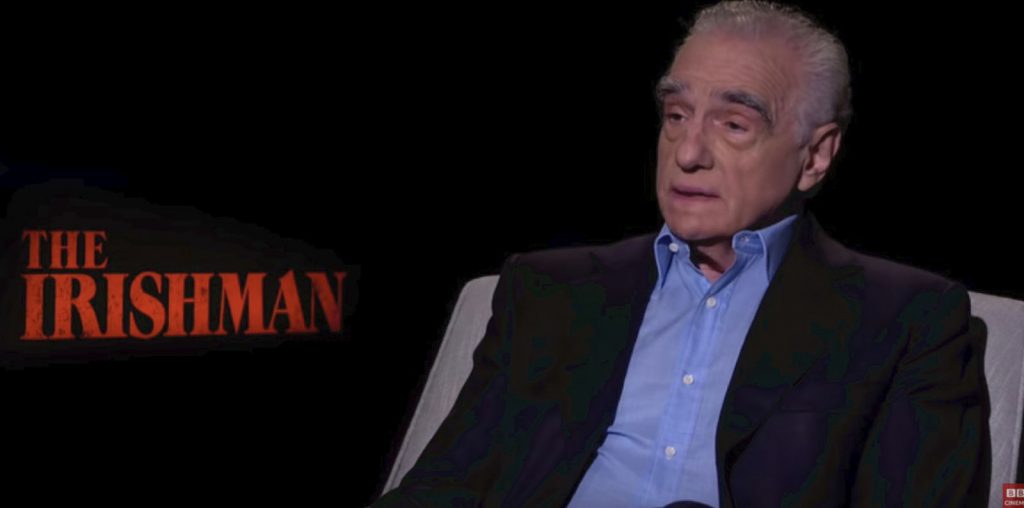
There’s no way Bram Stoker could have imagined his trashy novel giving birth to an icon. (He had other things to worry about, as he died of V.D. before Hollywood had a chance to adapt the book.) The Dracula character has appeared in more movies than Wyatt Earp, James Bond and Jesus Christ combined, yet only one flick has permanently etched itself into American myth. While “Nosferatu” started its own little revolution over a decade before, director Tod Browning’s “Dracula” has that magical something, that right-place, right-time, right-mad feel that only comes with absolute classics.
The story is so familiar we forget how creepy it actually is. Dracula (Bela Lugosi, in all his phonetically-memorized glory) leaves his home in Transylvania for a new London night life. His Jack the Ripper method of stalking victims in dark alleys, as well as the bizarre state of the corpses he leaves behind – bloodless, with two holes in the neck – starts giving him some unwanted attention. It probably doesn’t help that he simply ain’t from around here; if not for European xenophobia, he may have never been fingered for the crimes. Dr. Van Helsing (Edward Van Sloan), Stoker’s metaphor for a 19th century renaissance of science and religion, is the only thing that stands between Dracula and his feeding time.
Lugosi became the talkies’ first horror superstar, and could have surpassed Lon Chaney if not for his desire to become a more “serious” actor. His mock-English performance has led to countless imitations, even by Lugosi himself in movies like “Mark of the Vampire” and “Plan 9 From Outer Space.” He officially played the character only once more, in 1948’s “Abbot & Costello Meet Frankenstein.” Regardless, when someone says the name “Dracula,” the first image in most people’s minds is that of Lugosi, and that alone is worth the price of admission.
Edward Van Sloan creates the archetype here that he would later play in movies like “Frankenstein” and “The Mummy.” Van Helsing is the Johnny Explainer, but in this movie, he gets to play the geek and square off against the villain. His work here is as essential as Lugosi’s.
Even more essential is Dwight Frye as Renfield, the movie’s most fascinating performance. He starts out as the audience’s main connection, an absolute square. When Dracula makes him his insane, bug-eating slave, we’re officially lost, with no one else to identify with. (Van Helsing doesn’t count, since he’s smarter than the average moviegoer. Harker and the ladies certainly don’t count, because they’re really, really stupid.) Whether this was thought of during the writing of the play is up for grabs, but the sheer genius of the technique is undeniable. Renfield transforms from our hero to the scariest guy in the movie in only a few scenes, and Dwight Frye’s performance remains the greatest Renfield in film history.
Karl Freund’s cinematography deserves its own book, so subtle and eerie it tends to go unnoticed. His camera moves much more than 30’s audiences were accustomed to, yet it’s sparse enough to accentuate, not overshadow, the performances, set design and other elements. His matte shots are absolutely flawless, unnoticeable even if you’re looking for them. (I’d love to see one of our light pen-happy digital brats pull off this kind of work.)
There are a few negative aspects, but nothing that hindered its success during the 30’s, its revival in the 60’s, or its current status as a classic. A few things may irritate casual film fans. It’s paced slower than a Catholic wedding. The supporting players are incredibly cheesy, all trying way too hard to become the next Valentino or Clara Bow. And there’s no incidental music, like later Universal monster movies had. (Need we dignify the new Philip Glass score that no one in his right mind will bother with?) But then, the people who complain about these things probably won’t watch the movie to begin with. I mean, come on! It’s in black and white, for chrissakes! Boo-hoo-hoo! Where’s Gary Oldman?
So where are they now? All are quite undead. Freund went on to direct “The Mummy” and other horror classics. Frye was typecast as a Renfield-esque stooge, most notably in that year’s “Frankenstein,” and was later immortalized in a kick-a*s Alice Cooper song. Browning directed “Freaks” a year or so later, which killed his career as a Hollywood big-shot, but he continued making movies, including a few more with Lugosi. Lugosi’s legend lives on, despite his own bad attitude, Hollywood politics, hard drugs and Ed Wood movies.
Viewed on the level of cultural phenomenon, in the context of film history, “Dracula” is damn near flawless. Viewed on the level of a fun night at the pictures, the movie still gets the job done. It also reminds us why movies can be the greatest art form of all, a boiling pot of photography, theatre, painting and sculpture, all at their finest here. And, like the best monster classics, “Dracula” has gone beyond retro, into timelessness.
Does it hold up? Ask me in another 80 years.
